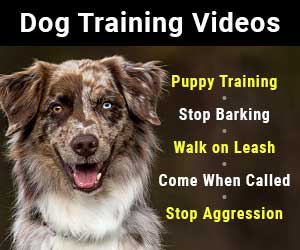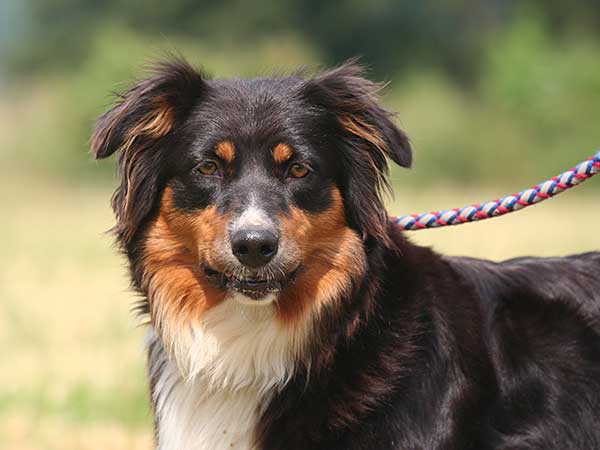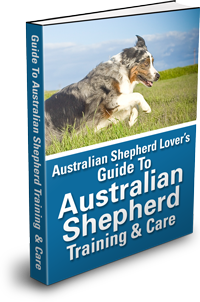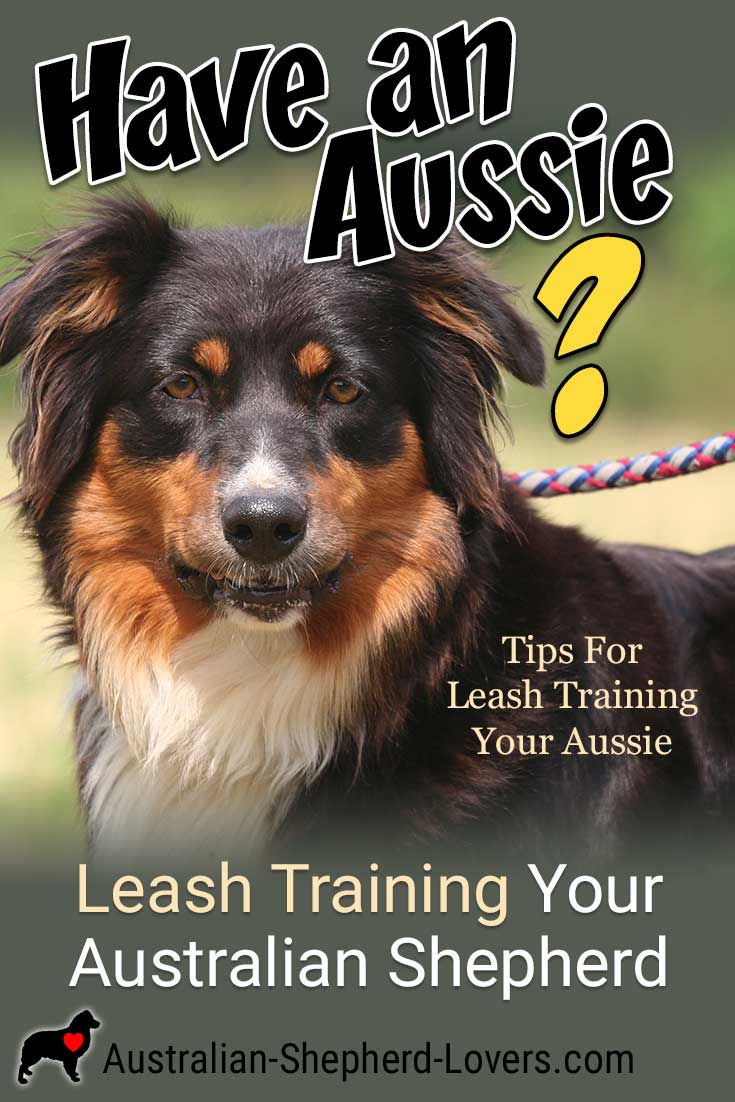
Tips For Leash Training Your Australian Shepherd
Leash training an Australian Shepherd is one of the most basic steps that any owner will need to take. After all, you need to be able to control your dog on a leash for their safety as well as other people and animals. Fortunately, the extraordinary intellect of Aussies will help him to take to the leash relatively easily, provided you take the right approach to training.
You can begin leash training at any stage of life, though it is generally easier to begin with a puppy. Since Aussie's are such quick learners, however, it shouldn't be hard for an adult to pick up new commands either.
In either case, the first step is to get the dog used to the feeling of being on a leash by putting it on for short periods of time while you're still in the house. This way it won't be such a shock when you take him outside on it and he should adapt more easily.
As with any command or skill, leash training an Australian Shepherd will require positive reinforcement, both verbally and with the use of treats. You'll want to start out with a training leash, which is shorter than a normal leash to help you maintain control over the dog as he's learning. Training begins before you leave the house. Since the main goal is to keep your dog calm and attentive while on the leash, you need to maintain a calm attitude before you start your walk.
If your dog starts to get over-eager and aggressive, jumping at the door or grabbing at the leash, you need to back off with a firm but gentle verbal response like "Ah!" or "No!" and walk away until he has calmed down. When he does exhibit the correct behavior, be sure to praise him in order to reinforce it.
It is very important that you take the time necessary in the beginning to make sure your dog is in a calm state and learns that this is required before the walk begins. Otherwise, you will only teach your dog that getting hyper results in the reward of going for a walk. Then you will always have walks where you are pulled through the doorway, down the stairs, and down the street.
It may take a few attempts before they remain calm enough to leave your house in the state you want them to be in. Then once you're ready, you can begin your walk in earnest. Be sure to have some treats along with you to back up your verbal praise and help him get the message.
The Next Step In Leash Training An Australian Shepherd
The next essential step in leash training your Aussie is to teach the "heel" command to get your dog to stop pulling and stay by your side. If your dog starts pulling while on the leash, use the "heel" command accompanied by one short, firm but gentle, tug just to reorient him and focus on you. This should be enough to cause him to calm down and return to your side. If he does so immediately, be sure to praise him and reinforce it with a treat. Repeat this process every time he pulls.
Another useful training method is to issue the "heel" command and then turn around 180 degrees and begin walking back in the direction you came from. This will teach the dog that his aggressive behavior won't get him where he wants to go and should act as a deterrent. Again, as soon as he begins exhibiting the proper behavior give him verbal praise and a treat. After a while, you can phase out the treat and just use verbal praise and a friendly pat as a reward.
It's important to remember that walking on a leash does not come naturally, so it will take some time and patience to get the idea across. But leash training an Australian Shepherd should be easy enough, as they are both quick to learn and eager to please. With a little positive reinforcement your Aussie should take to the idea of walking on a leash in no time.
Check out this introductory leash training video...
Have Dog Training Questions?
Check out these introductory dog training videos...
I want my dog to stop being aggressive.
I want some help training my new puppy.
I want my dog to stop barking at everything.
Get Australian Shepherd Info, Website Updates, Special Offers, and Cartoons...
FREE GIFT
You'll also receive a free copy of the ebook
My Everyday Dog Training Tools
by professional dog trainer Daniel Abdelnoor, "Doggy Dan"














 Loading Image...
Loading Image...